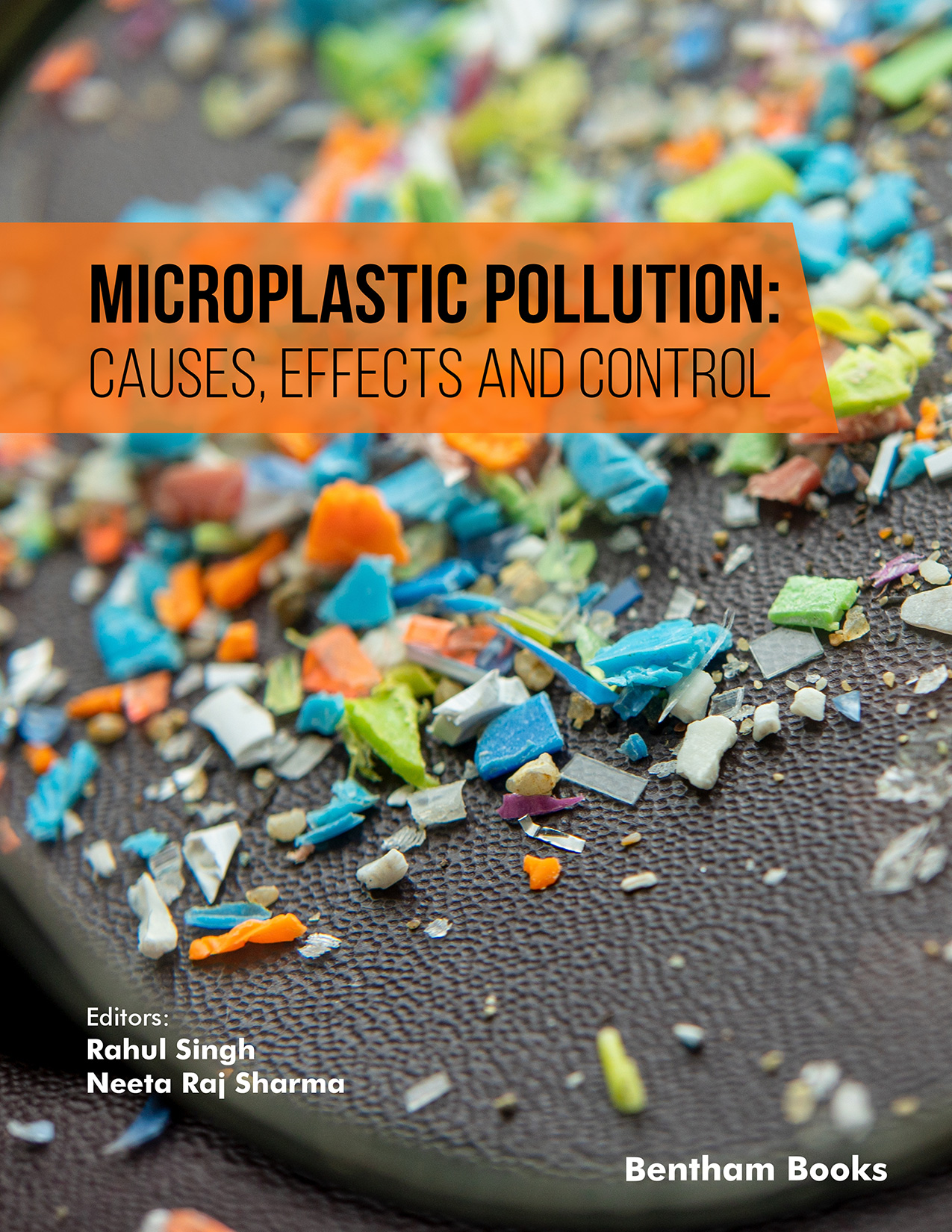Introduction
Microplastic Pollution: Causes, Effects, and Control
sheds light on the causes, effects, and control of microplastic pollution, providing valuable insights into the tools and techniques for analysis, the impact on ecosystems, and the potential risks to human well-being. The editors focus on the urgency of addressing this global environmental challenge through collaborative efforts and sustainable solutions. This reference features 10 edited chapters covering multiple aspects of microplastic pollution. The book introduces the reader to various tools and techniques used to analyze microplastic pollution in both aquatic and terrestrial ecosystems. It then examines the sources, pathways, and levels of microplastic contamination in the environment and explains how to evaluate the potential health risks for the nearby communities. The impact of microplastic on flora and fauna is presented in one chapter. To emphasize the importance of assessing microplastic contamination, the editors present a case study conducted in Thoothukudi, South India, to explore the implications of microplastic pollution on human health. The book also provides information on solutions to microplastic pollution including the use of bioplastics and removal techniques.
Microplastic Pollution: Causes, Effects, and Control
equips readers with a complete understanding of the global challenge of microplastics, fostering awareness and encouraging further research and action to protect our ecosystems and human health from their detrimental impact. It is an ideal handbook for environmental science researchers and students who need to understand microplastic pollution and plan environmental impact assessments for academic research and professional projects.
Key features:
- - Comprehensive coverage of microplastic pollution with 10 structured chapters
- - Informs readers about important parameters to understand and measure the impact of microplastics on local fauna, flora and the surrounding environment
- - Covers evaluation and remediation of microplastics in both terrestrial and marine environments
- - Includes references for advanced readers
- - Includes a case study on the effect of microplastics in Thoothukudi, South India

